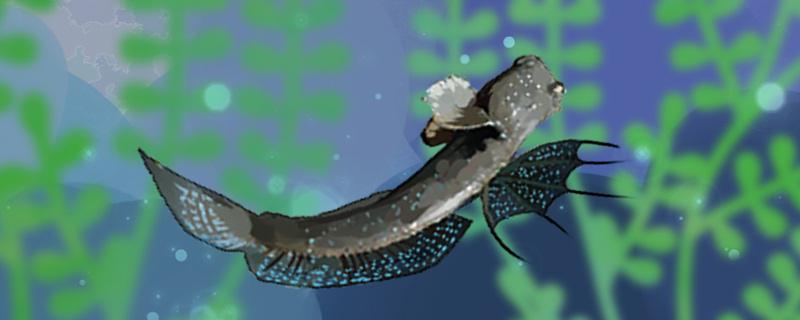
Fish live in water. Their respiratory organs are gills. Unlike the lungs of terrestrial animals, gills can only work properly in water. Once they lack water, they will stick together, so they can't breathe. There are gill filaments inside the gills, which cover the blood vessels. When the fish swallows water from the mouth, it will be discharged through the two gills. Because the direction of water flow is opposite to the direction of blood flow in the blood vessels, it can effectively carry out gas exchange.
out of water? 1. Loach: Loach is a fish of Loach family, with a long body and a cylindrical shape. It is a kind of benthic fish, which inhabits rivers, lakes, ditches, paddy fields, etc. It usually lives in the daytime and comes out at night. It has strong adaptability and can live in humus-rich environment. If the water is anoxic, it can swallow air on the surface of the water and breathe in the intestinal tract.
2. Mudskipper: Mudskipper is a fish of the genus Mudskipper of the family Gobiidae. It generally lives in brackish waters such as estuaries, harbors and mangroves. At low tide, it can feed on the beach and jump into trees with the help of its well-developed pectoral muscle stalk. After leaving the water, it can breathe with the help of the respiration of the skin and oral mucosa, so it will not die.
3. African lungfish: African lungfish is a fish of the genus African lungfish of the family African lungfish. There are currently four species. This kind of fish lives in fresh water, besides breathing with gills, it can also breathe with swim bladder, even in dry season, it can go dormant in the mud for months.